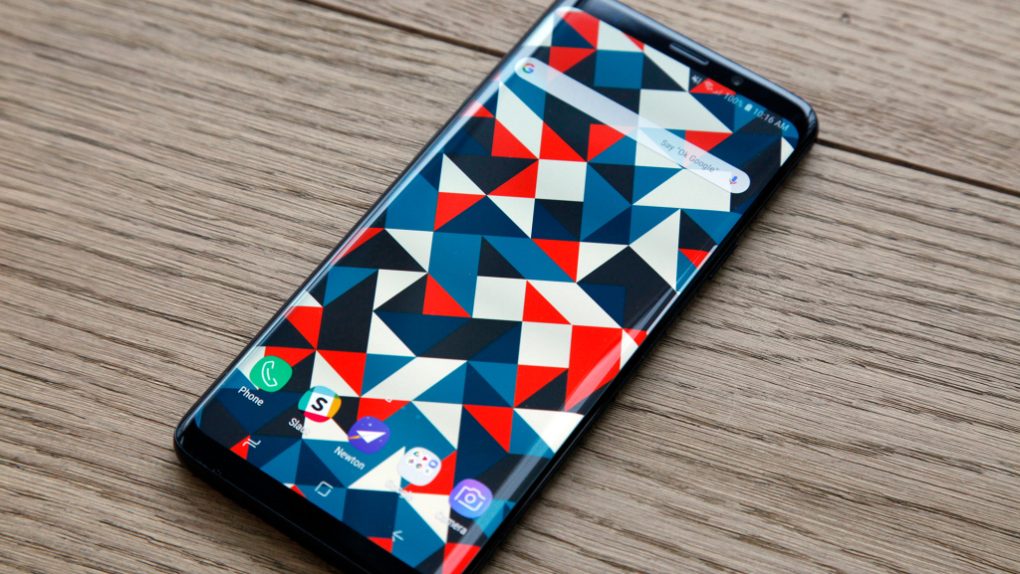The Galaxy S9 isn’t selling as well as Samsung would have liked, and that’s probably the only reason why we’ve got so many Galaxy S10 rumors at this time of year when the Note 9 should be dominating the Android rumor mill. But, guess what, the Galaxy Note 9 will basically be a Galaxy Note 8 with Galaxy S9+ specs, so it’ll hardly be exciting to most people. Due in either January or February depending on which rumors you favor, the Galaxy S10 should bring a variety of new features, including a fingerprint-sensing technology not seen on any other widely available devices. But that’s just the start for Samsung.
The Galaxy S10 won’t be the only Samsung smartphone to feature in-display fingerprint sensors, well-known Samsung insider Ice Universe says, but it’ll be the first one. In a post on Weibo, quoting a recent Ming-Chi Kuo report, he said the Galaxy S10’s sensor wouldn’t be an optical one. Instead, we’re looking at an ultrasonic sensor embedded in the screen that will use ultrasound to read fingerprints.
The Galaxy S10, Galaxy A series phones, and the Galaxy Note 10 are all expected to use this new sensor. The Galaxy S10 will come in three screen sizes, including 5.8-inch, 6.1-inch, and 6.4-inch, although only the bigger models are supposedly going to get the ultrasonic sensors, which are made by Qualcomm.
The leaker continued spilling Samsung details on Twitter, relaying tidbits about Samsung mobile chief DJ Koh’s trip to China.
DJ Koh attaches great importance to the Chinese market and today came to Wuhan, China to listen to the voice of consumers. He said that Note9 SPen will have many new features, including special features related to the game. pic.twitter.com/aTaUWKUl1I
— Ice universe (@UniverseIce) July 16, 2018
The top Samsung exec supposedly said that the Galaxy S10 won’t have an optical fingerprint sensor because it doesn’t work as well as an ultrasonic sensor. He added that Samsung could have added optical sensors to displays two years ago but didn’t.
DJ Koh said that the Galaxy S10 does not use an optical fingerprinting solution because optical fingerprinting can cause a bad user experience. Otherwise, Samsung could adopt it two years ago. We will bring a better screen fingerprinting experience for S10.
— Ice universe (@UniverseIce) July 16, 2018
We’ve seen a bunch of devices with fingerprint sensors placed under the display this year, and all of them come with optical sensors — here’s how they work. Ultrasonic sensors do offer a significant advantage over optical ones. They should work even if the display is dirty, and the entire screen could act as a giant fingerprint sensor.
Back when we expected the iPhone X to feature a fingerprint sensor under the display, ultrasonic sensors were a theoretical possibility, as Apple has patents on the technology. It looks like Samsung will beat Apple to the punch, however — love it or hate it, Apple is focused on Face ID for the time being.








